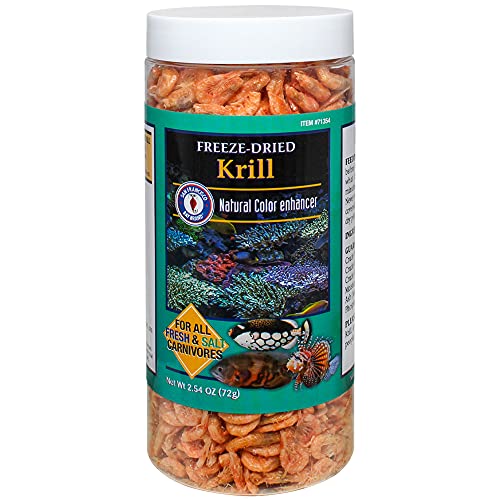Krish
RF STAFF
Many years ago I vaguely remember some talk about fans being positioned to blow on the bulbs rather than on the water's surface for cooling purposes. If I remember correctly, it was a "no no" to do this because for one, cooling a bulb from it's original operating temperature would change the spectrum of the bulb and secondly, it would kill the lifespan of the bulb. Well, I'm not 100% sure if this is the case so I thought I'd toss the question out there. 





























































